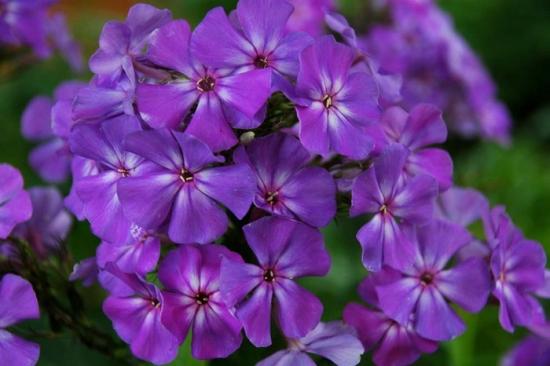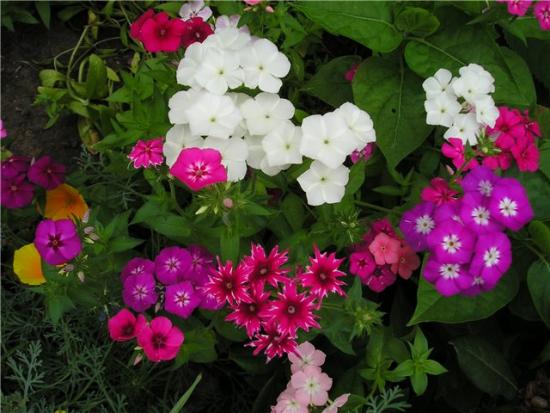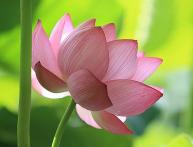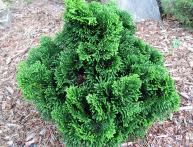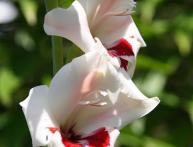Phlox Tiara and other varieties of flowers. Caring for them
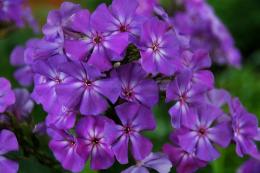
Any gardener will be happy to grow these plants, because they can decorate the house and garden, and the pleasant and delicate aroma of their flowers will fill the air with their fragrance. Lush phlox flowers will look great in flower beds in suburban areas. There are several varieties of this amazing plant, from which everyone can choose their favorite. Most often, gardeners grow the paniculate variety of phlox, which in turn has several hybrid types.
Content:
Planting and caring for phlox
The process of caring for these flowers is not complicated or difficult; you just need to follow some rules and tips. It is necessary to take into account that this plant loves an abundance of light, so before planting you need to think carefully about what flowers it will be adjacent to.
Direct sunlight can have a detrimental effect on phloxes; some even have leaves that burn out when exposed to strong sun.
The best location for them will be the shady side of your site and adjacent to low bushes and trees. Another important factor is the protection of these flowers from strong winds. In winter, it is necessary that the fallen snow covers the roots of the plants well and is not blown away by gusts of wind; it will protect the phlox from freezing and death. Do not use for planting or growing phlox northern part of your plot of land, they simply will not survive on it.
When is the best time to plant phlox?
The most favorable time for this is spring or early autumn. In the first option, it is better to plant phlox in May. Many people prefer to plant these plants in the spring so that in the summer they can enjoy their beautiful flowering and pleasant aroma. Moreover, at this time of year it is more likely that the flowers will take root without problems. If you plant them in the fall, then there is a possibility that some of the plants simply will not be able to survive the winter due to weak roots. If you are still going to plant phlox in the fall, then it is best to do this in the first part of September, before the onset of serious cold weather. In this case, they will have time to settle down in a new place, get stronger and prepare for the winter.
How to care for phlox
This plant loves plenty of moisture. Care should be taken to ensure that the soil does not dry out. To reduce the dryness of the soil and help it retain moisture longer, you can use a little trick. Mown grass is laid out around the flower (it is necessary to prevent the entry of weeds and pests) or dry sawdust. In spring, the soil is fertilized with mixtures containing nitrogen, and in early summer and autumn, potassium-phosphorus fertilizers are used. fertilizers.
At what distance and how to plant phlox
When planting tall varieties of phlox, it is best to maintain a distance of about 60-70 cm between them, and lower types of this plant can be planted 30-40 cm apart. If they are placed too close, then all the beauty of these flowers will simply lose their charm.The holes should be made slightly larger than the phlox root lock, deepening it into the soil about 5 cm from the top level.
Before planting, you need to add the required amount of fertilizer to the holes and pour cold water.
After the moisture is completely absorbed into the ground, you can place the root lock in the hole and sprinkle it with a small amount of earth, which is then pressed down well. After planting the plant in a new place, it needs to be watered abundantly. With good and proper care, these magnificent flowers will delight their owners for about 7 years.
Phlox classification
This plant first gained popularity in the mid-17th century in European countries. Nowadays, a huge number of different breeds of phlox have been created. To date, their number has exceeded 1,500 varieties and more than 60 species. The types of these plants are divided into several groups.
Ground cover phlox
This type of plant begins to bloom earlier than all its other brethren. Most often, gardeners grow one of its most common types on their site - subulate phlox (it got its name due to its subulate-shaped leaves). It blooms in mid-May, delighting the eye with its magnificent inflorescences. In addition, among the ground cover phloxes one can note:
- Phlox Douglas - It has very low green pads with small white, pink or purple flowers.
- Phlox is lovely - this plant has lush multi-colored brushes that are placed 5-10 cm above the rest of the leaves. It blooms in late May - early June.
- Phlox Rugelli - This plant produces a bright green forest floor with many purple-blue blossoms.
Loose-sodded
The next group of phloxes is loose-grassed; they begin to please the eye with their inflorescences immediately after the ground cover phloxes. You could even say that they are a kind of transitional phase between ground cover and bush species. The most common and easy to care for is the splayed phlox. It has very lush inflorescences, which towards evening begin to exude a delicate violet aroma. The flowering period begins in the third decade of May and continues throughout the whole month. This time may be slightly shorter in case of persistent dry and hot weather. This type of phlox has a wide variety of colors - white, purple, lilac, lilac. Most often it can be found in Canada, which is why it has a second name - Canadian phlox.
Bush phlox
Among this group, several subgroups can also be distinguished: tall bush phlox and low-growing bush phlox.
Phlox Tiara
This species has an unusually beautiful snow-white color of its flowers, which stand out brightly among the emerald greenery. Thanks to the dense arrangement of inflorescences, this plant creates an interesting visual sensation of terry. It tolerates frost well, is resistant to diseases and is very easy to care for.

